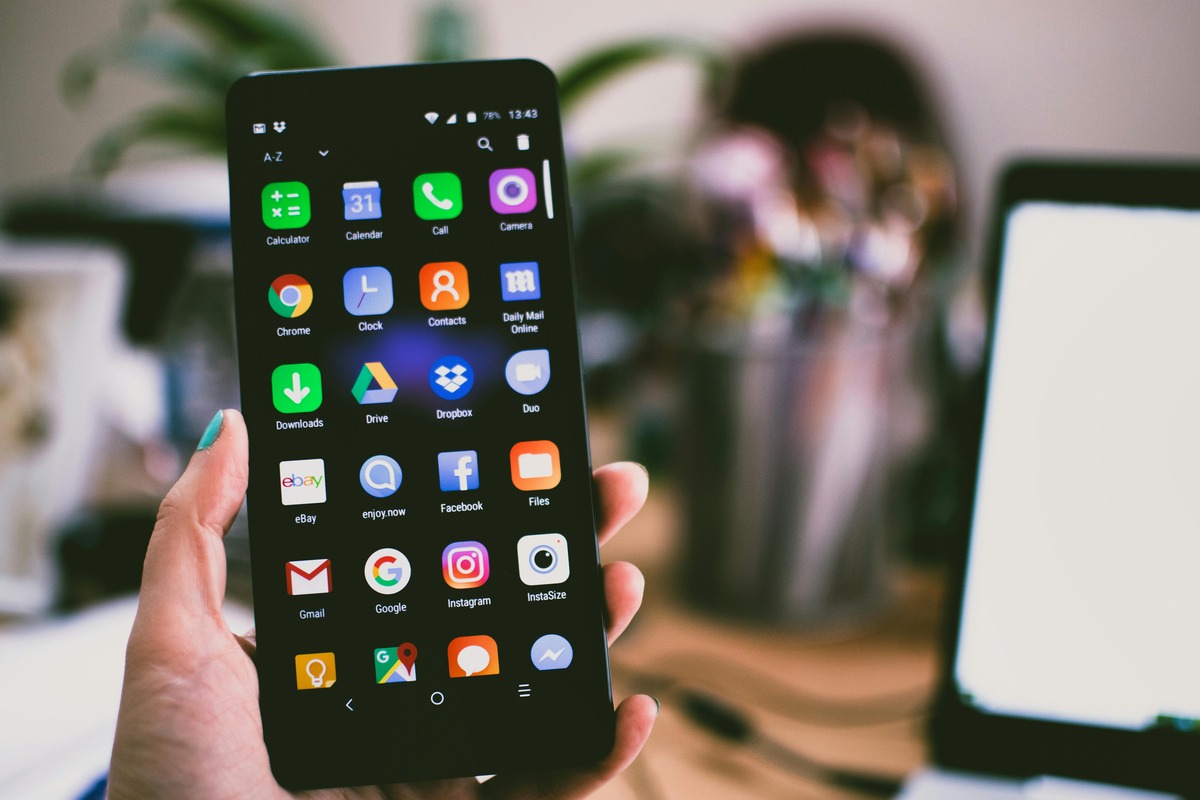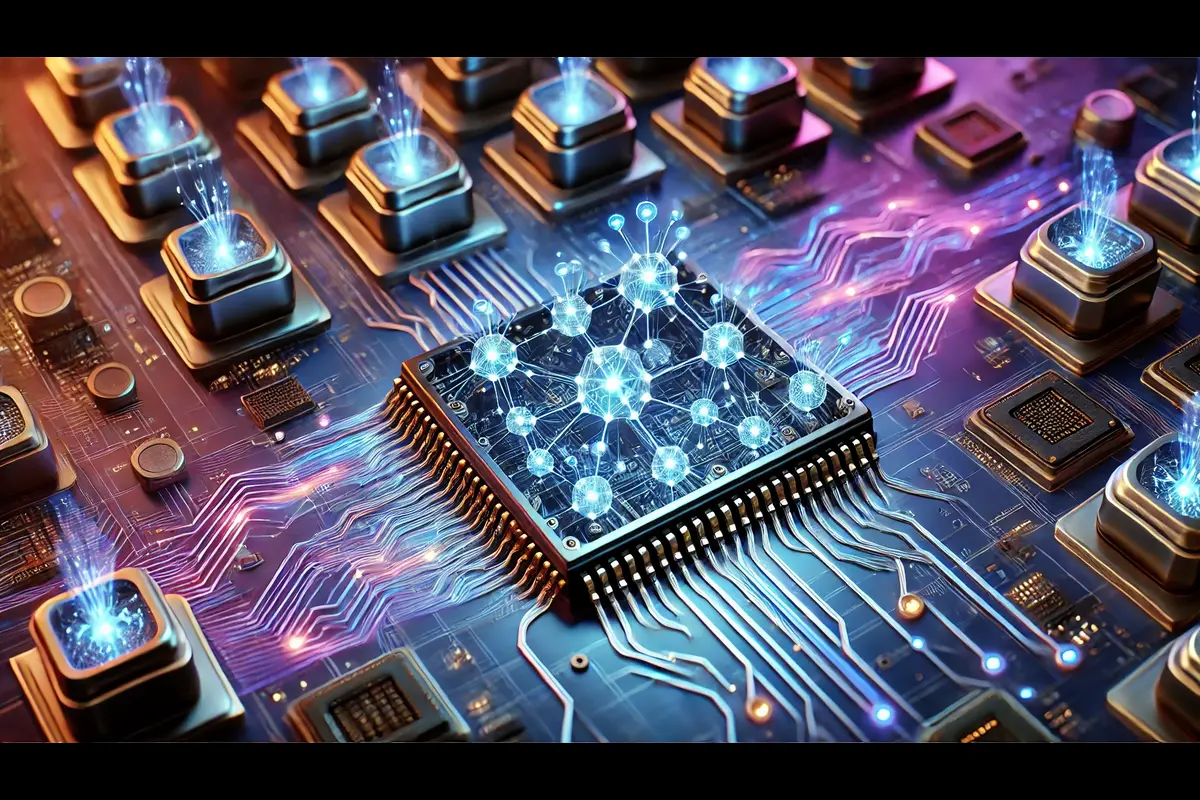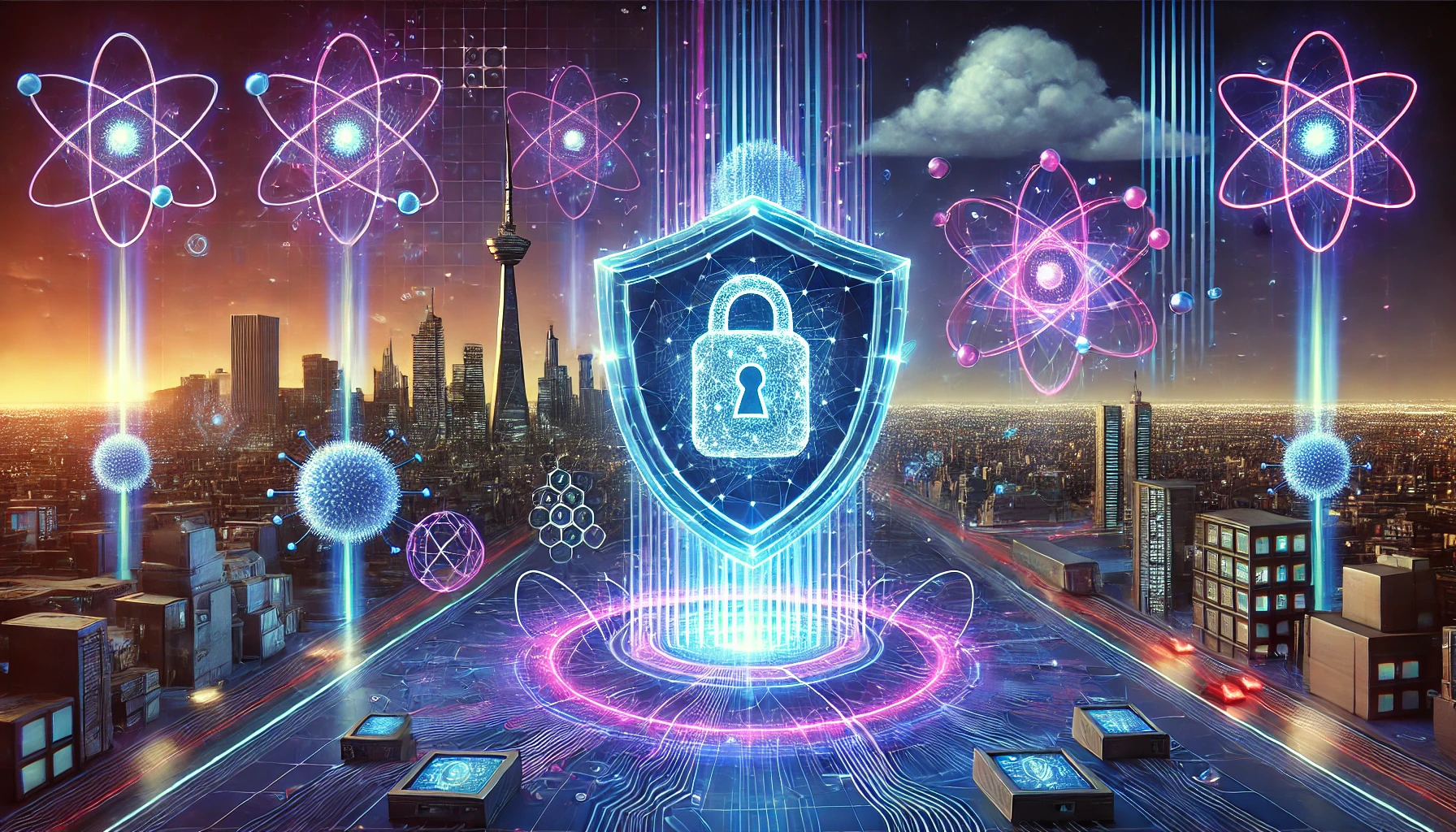The Dark Side of 5G and IoT(Internet of Things)
Navigating Shadows, let’s deep dive into 5G and IoT
Having a thought What 5G is? So basically, it is the fifth generation of mobile networks which is a new global wireless standard designed to virtually connect each other including objects, devices, machines, etc. It helps users connect to the internet faster, more reliably, and with more devices at the same time. Now what does the term IoT refer to, it refers to the Internet of Things which is a network of physical devices that can transfer data without any human intervention.
In the age of 5G and IoT, the benefits of connectivity come with a host of cybersecurity risks. In this blog, we will explore some of these threats and highlight the need for proactive cybersecurity. As we adopt connectivity, protecting data and privacy becomes more important than ever for a secure and trusted digital future.
Risks and Challenges:
Nowadays with emerging technologies, the Internet of Things has also evolved. As we have become more familiar with 5G networks, IOT devices have become more common. But this greater connectedness has its own set of hazards and difficulties.
- A Tangled Web of Vulnerabilities
The interconnection of IoT devices poses a significant security risk. A breach in the device could affect the entire network which could lead to exposure of sensitive data.
- Cybersecurity Concerns in the 5G Era
We know 5G provides high speed and connectivity, but it also indicates cybersecurity concerns. Large amounts of data transmitted at high speed create a new entry point for cyber threats which leads to demand for enhanced security measures to prevent potential attacks.
With vast amounts of personal information/data that flow through 5 G-powered IoT ecosystems, finding a delicate balance between connectivity and safeguarding individual privacy becomes paramount.
- Carbon Footprints of Connectivity
With the rapid growth of 5G and IoT devices comes with an environmental cost. Examining how energy-intensive these gadgets are encourages debates on how to reconcile sustainability and technological advancement for more greener and interconnected future.
Strategies for a Secure 5G and IoT Landscape
- Although there are hazards associated with 5G and IoT, strong cybersecurity measures can assist guard against any attacks.
- Measures like network segmentation and isolating critical systems can reduce the risk of potential breaches.
- Deploying end-to-end encryption protects the data integrity and confidentiality is secured. This layer of encryption is important for the prevention of unauthorized access and data breaches.
- A cybersecurity approach involves continuous monitoring and real-time threat detection. Advanced tools can detect potential security breaches.
- Performing regular security audits and penetration testing helps to detect potential vulnerabilities in the system.

CONCLUSION:
In an exploration of cybersecurity challenges of 5G and IoT, by carrying out these network safety estimates closely by understanding the dangers and difficulties framed before, we can overall prepare for a solid, interconnected future.








